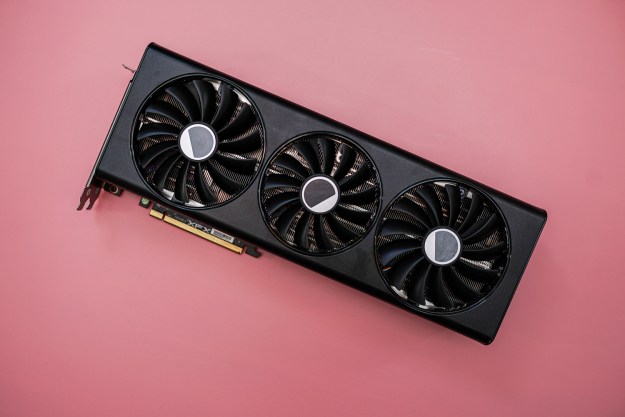Looking Glass Factory, maker of holographic light field display tech, has announced the launch of what it calls the world’s first personal holographic display, the Looking Glass Portrait. A portrait-oriented system offering users a personal 7.9-inch holographic screen, the desktop device can create three-dimensional images with multiple perspectives, depending on your relative position, without the need to wear 3D glasses.
“It’s lightweight, portable, and can run holographic imagery on its own without always being connected to a computer,” Looking Glass Factory CEO Shawn Frayne told Digital Trends.
The Looking Glass Portrait ships with a copy of HoloPlay Studio, a software package that makes it easier to create a wide range of 3D content, and also allows users to make and upload everything from animated 3D characters to family pictures. All you need is a computer and a phone, such as a newer iPhone, that’s able to take Portrait mode photos to get started.
The device could be used by a range of creators, including photographers, moviemakers, Unity and Unreal developers, 3D designers, and more. “Looking Glass Portrait is a multipurpose holographic interface, meaning it can display any 3D content equally well, whether that’s a volumetric video, dental CT scan, or a fluid flow simulation,” Frayne said.

While it’s not quite ready to do 3D video calls out of the box, he suggested that this technology could well help pave the way for future 3D holographic video calls. “It’d be an understatement to say that COVID-19 accelerated things in this direction,” he said. “Everyone we cared most about was suddenly just a little rectangle on a screen in endless Zoom meetings, remote birthday parties, and the occasional awkward Google Hangouts happy hour. As the world locked down, the most important things in the world became how to better connect with one another, and how to better remember those moments from the Before Times. Holographic displays have a role to play here, and we believe it will be transformative in a way that few technological shifts have been.”
Looking Glass Portrait is currently raising funds on Kickstarter. Although it only launched today, it’s already hit its funding target, with more than a quarter of a million dollars raised so far. Prices start at $199 for the Super Early Bird Special, while those who get there a bit later can pick one up for $249. (The eventual retail price will reportedly be $349.) Shipping is currently set for April 2021.
As with any Kickstarter project, it’s worth pointing out that there is a risk inherent in any crowdfunding campaign. Products can ship late, not as described, or, occasionally, not at all. Nonetheless, if you’re happy to take a gamble on the desktop holographic display of your dreams, you can check out the campaign page here.
Editors' Recommendations
- Samsung Display’s QD-OLED TV first look: Best. Picture. Ever.
- Lenovo’s ThinkVision P40w is the world’s first Thunderbolt 4 monitor
- New software will transform 2D photos into 3D holographic images for display


